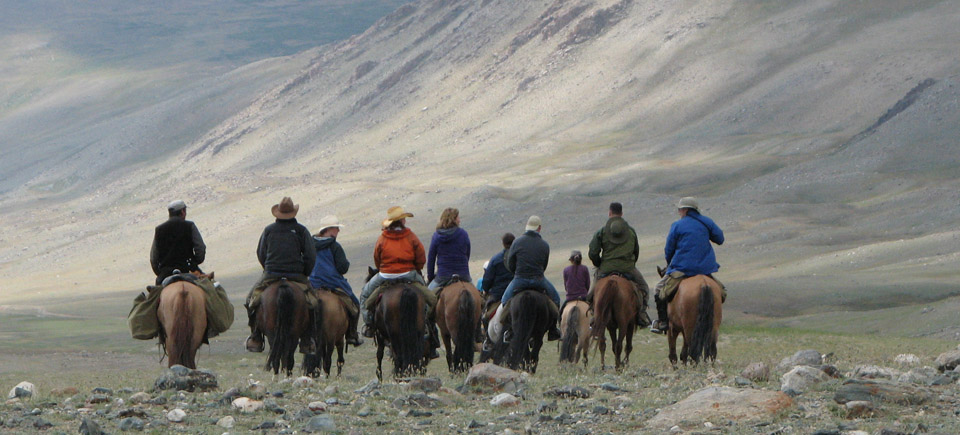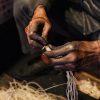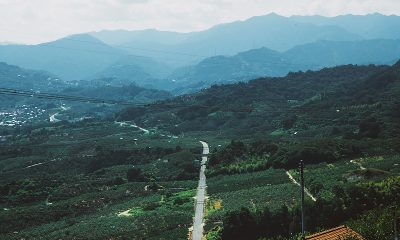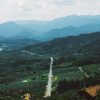Featured
Horsing around Mongolia
Traipsing along the trails of bears, hoofing through the “Vulture Canyon” and descending the Pass of Certain Death; Horseback adventures in the mountains of Mongolia.
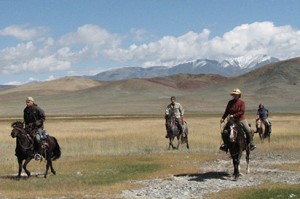 The Altai Mountains in far-west Mongolia is a far-flung location in an already faraway place. Mongolia is a backwater by most of the world’s standards, and the Altai Mountains is a backwater to most Mongolians. We our international group of ten riders, along with a local Kazakh family whose members were employed as our wranglers, a cook, and a translator found ourselves in the even furtherflung Yolt Canyon, part of the Altai Tavan Bogd National Park, a region where permanent habitation is prohibited, even for nomadic herders.
The Altai Mountains in far-west Mongolia is a far-flung location in an already faraway place. Mongolia is a backwater by most of the world’s standards, and the Altai Mountains is a backwater to most Mongolians. We our international group of ten riders, along with a local Kazakh family whose members were employed as our wranglers, a cook, and a translator found ourselves in the even furtherflung Yolt Canyon, part of the Altai Tavan Bogd National Park, a region where permanent habitation is prohibited, even for nomadic herders.
The restricted access is due to its proximity to the Chinese border, which is apparently “just over there”, and getting to the Yolt is no easy task as most of the park is accessible only by horse or on foot.
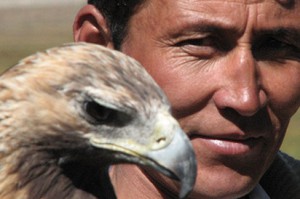 We took a three-hour flight from Mongolia’s capital Ulaan Baatar, to the town of Bayan Olgii, famous for its exports of cashmere and camel wool. Then travelled another four hours along dirt tracks in a Furgon (Russia’s Kombi, or mini van equivalent) to the village of Altai, which touts dust and dried yak dung as its main products. From here it was horses all the way, Kazakh horses rented from local families who call Altai home.
We took a three-hour flight from Mongolia’s capital Ulaan Baatar, to the town of Bayan Olgii, famous for its exports of cashmere and camel wool. Then travelled another four hours along dirt tracks in a Furgon (Russia’s Kombi, or mini van equivalent) to the village of Altai, which touts dust and dried yak dung as its main products. From here it was horses all the way, Kazakh horses rented from local families who call Altai home.
Once riders had been matched with horses it was time to set off, with Amangul–the robust cook and camp mother, Onorbek and Mizenkhan–the indefatigable wranglers, and their children who were tagging along for the ride. To shouts of Murrin dor! (“Let’s ride!), we were off across the steppes and into the mountains.
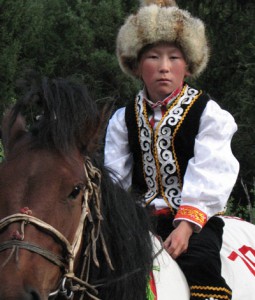 At brisk trots and easy canters we made our way together through the Altai Range. With fellow riders from miscellaneous European, North American, and Pacific backgrounds, there was plenty to chat about as we rode, a diverse rolling conversation on the hoof as riders drifted from one mounted cluster to the next.
At brisk trots and easy canters we made our way together through the Altai Range. With fellow riders from miscellaneous European, North American, and Pacific backgrounds, there was plenty to chat about as we rode, a diverse rolling conversation on the hoof as riders drifted from one mounted cluster to the next.
We all shared two things in common; a love of horses and a taste for adventure. We found another taste to acquire on the first day while stopping for afternoon tea with a Kazakh family of nomads. Inside their ger, the round domed tent of Central Asian herders, we were served arral, rock hard lumps of dried curd and bowls of milky tea made with salt. It was declared that everyone must drink two bowls of tea, “because you have two legs!”.
By evening we were camped on the shores of a long lake, snow capped peaks rising on both sides of the narrow valley that cradled it. Dinner was cooked on a yak dung fire while sore behinds were rested. Soft Kazakh folk songs were played on a two-stringed dombra as the night around the campfire progressed with a bottle of local hooch and choruses of ‘ooohs’ and ‘aaahs’ triggered by flashes of shooting stars.
Morning began with a hearty porridge and we were promptly back in the saddle. Each day the riders consulted with the wranglers to plan the day’s route. By its nature the trek was ‘exploratory’ with no fixed path and no objectives to meet. Where we went, what we did, and where we spent the night we negotiated together as we went.
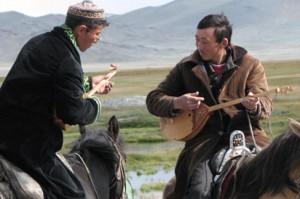 We entered the Yolt Canyon region as rain clouds gathered overhead and thunder murmured across the wooded valleys. In Kazakh yolt means “vulture”, and with a name like that we wondered if it wasn’t some sort of warning about whose dinner we could end up as!
We entered the Yolt Canyon region as rain clouds gathered overhead and thunder murmured across the wooded valleys. In Kazakh yolt means “vulture”, and with a name like that we wondered if it wasn’t some sort of warning about whose dinner we could end up as!
We climbed to almost 3,000 metres, above the tree line with views across tor-topped ridges. Cresting one ridge, we surprised a small group of elk which loped off out of view, but not before stopping for a good, long look at us. Later we came across two wriggling snakes in the grass, but our most exciting find was a large lump of bear poo, identifiable by its content of berry skins. “Onoordor!” (“Today!”) shouted Onorbek the wrangler excitedly after examining the doo-ing, concluding it was fresh.
The following day was a highlight of sorts as the riders’ challenge was to attempt a mountain crossing through what had been nick-named “The Pass of Certain Death”!
The lead in to the pass crossed high alpine meadows covered in wild flowers, and the gentle ride had us wondering how the pass had earned its foreboding name. The views from the top were breathtaking. Far below on the valley floor, tiny lakes shimmered in the afternoon sun while around us barren Altai peaks, iced with snow, stretched away into China. Then came the realisation–“How on earth do we get down?” This was no pony ride!
The other side was a near-vertical slide over loose shingle, snow, and rock. A knee-wrecking scramble to the valley floor, daunting riders who descended in trepidation, but taken in stride by the mountain-wise horses. After safely making it to the bottom the group then re-nick-named the pass “The Pass of Possible Death”!
After two weeks on the trail it was a sad goodbye to the horses and the Kazakh family who had escorted us through the mountains, over peaks and across valleys. Some of the group stayed on in the village of Altai to help set up a community garden project to benefit local children by providing sustainable crops of vegetables. The rest flew back to the capital, most dozing on the flight and dreaming of hot showers, clean clothes, and cold Chinggis Khan Beer.
More Information
• Best time to go: June to September
• Getting there: MIAT Mongolian Airlines flies to Ulaan Bataar from KIX; Korean Air flies to Ulaan Baatar from KIX via Seoul
• Trekking: Tours can be taken with Zavkhan Trekking; zavkhan.co.uk
• Visas: A 30-day tourist visa can be obtained from the Mongolian consulate in Osaka for around ¥500; US passport holders can get a three-month stay
Read more from Ian D. Robinson at theedgeofthemap.net


